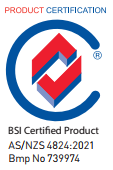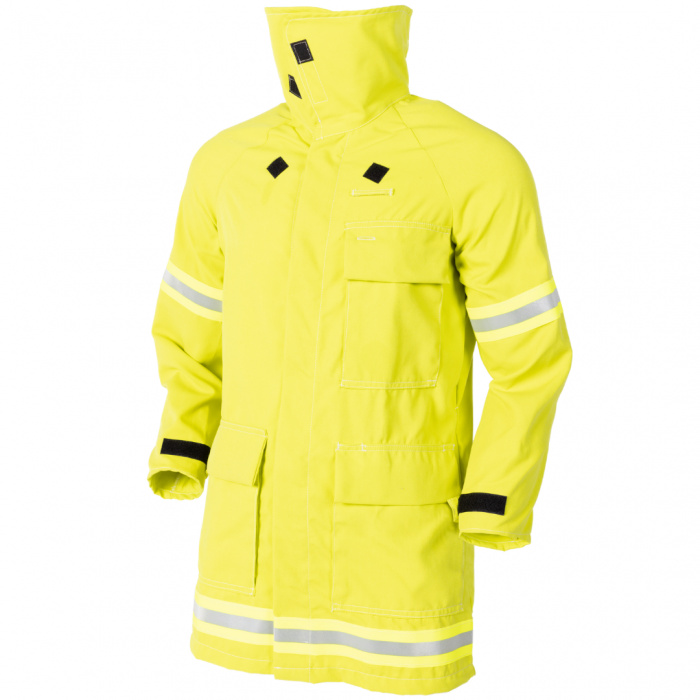FIREFIGHTER PROTECTIVE GEAR DESIGNED TO BE WORN DURING BUSHFIRES OR WILDLAND FIREFIGHTING
Elliotts recommends that a wildland firefighter's protective clothing should be comfortable, breathable, lightweight, highly visible, allow the wearer to move freely, and offer overall protection in the hazardous fire-fighting environment.
Wildland protective clothing is designed to be worn during bushfires or wildland firefighting and associated activities. It is not intended to provide protection during fire entrapment. Wildland fire fighting involves work primarily in hot summer temperatures, for many hours in which the firefighter may develop high levels of metabolic heat.
Consequently, the protective clothing should be light, flexible, and commensurate with the risks to which the firefighter may be exposed in order to be effective. Wildland clothing should be designed to not only protect but also assist in managing metabolic heat. It must assist in keeping the firefighter cool, by allowing body heat to escape.
CERTIFICATIONS
All Elliotts' Wildland Firefighter Clothing is Certified to AS/NZS 4824:2021 Protective clothing for firefighters - Requirements and test methods for protective clothing used for wildland firefighting by BSI.

CLOTHING CONSTRUCTION
Wildland garments are constructed using a single layer of durable FR materials. Wildland garments are unlined and do not incorporate a moisture barrier. Elliotts' Wildland Firefighting garments are constructed from Tecasafe® Plus.
TenCate Tecasafe® Plus is engineered to provide unbeatable electric arc and flash fire protection that lasts longer than FR-treated cotton fabrics.
Tecasafe® Plus is a soft and lightweight fabric that provides unmatched comfort. It is also comforting to know that Tecasafe® Plus's inherent protection will never wash or wear out.
REFERENCE PAGES:
Firefighting Protection Introduction | Firefighting Protection Materials | Firefighting Protection Garments | Structural Firefighting | Firefighting Protection FAQs

